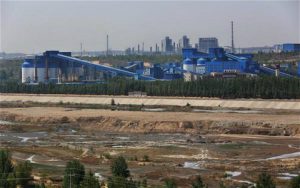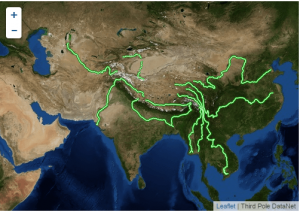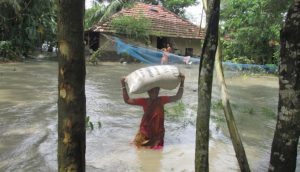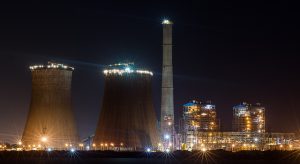Companies based in China lag behind global counterparts in terms of addressing water risks, according to CDP’s annual water survey based on data supplied by big companies worldwide.
Companies operating in China reported a wide range of negative impacts on their businesses due to water– including property damage, brand damage and higher operating costs.
However none of the companies with headquarters in China have evaluated how water will affect operations; nor did they report any water-related targets or goals or state whether they are exposed to supply chain risk or not.
These results are startling in a country struggling with dwindling water supplies and where 70% of fresh water resources are polluted to some degree.
 Recent scandals have besmirched the reputation of big business. Top clothing brands like Armani, Calvin Klein, Marks and Spencer and Zara have been linked to devastating water pollution in the Chinese textile industry. French company Veolia Water was caught up in a water contamination accident in the north-western city of Lanzhou, triggering widespread panic.
Recent scandals have besmirched the reputation of big business. Top clothing brands like Armani, Calvin Klein, Marks and Spencer and Zara have been linked to devastating water pollution in the Chinese textile industry. French company Veolia Water was caught up in a water contamination accident in the north-western city of Lanzhou, triggering widespread panic.
On a global level, water risks to business are growing, but the willingness of businesses to provide information about these risks has actually fallen, CDPs annual Global Water Report published today has revealed, based on data supplied by 174 Global 500 companies.
A growing number of companies reported impacts from droughts, pollution and other water related problems, but almost half the companies approached failed to disclose transparent water risk assessments to investors.
“The decrease in disclosure rate was disappointing,”[down 6% from last year] admitted Cate Lamb, head of CDP’s water programme. “This may have been because of a redesign in the questionnaire – some companies struggled to answer questions about financial accounting at a river basin level.”
On a positive note, a growing number of companies are reporting water risk at a board level (62% up from 58% in 2013). “However this is still low compared to climate change,” said Lamb. “92% of companies have board oversight here – so there is still some way to go.”
More companies worldwide are also requiring their suppliers to disclose information about how they are managing water risks.
It is striking companies in the energy sector remain the least transparent according to the report, given the widely accepted connections between water and energy.
China’s challenges
The water challenges for companies in China are only set to grow. Already in China lack of water has forced the closure of coal-fired power stations in arid regions of the country and will constrain growth of alternative energy sources in the future, with effects rippling down supply chains.
There also signs the Chinese government may get tougher on polluters and water waste with higher penalties and tighter targets likely for industry. In 2012 the Beijing government alone closed down 200 companies that it judged energy inefficient or excessively polluting, with heavy losses.
Other projects have been forced to halt because of opposition from a mistrustful and increasingly active public in China.
The few companies in China that did disclose information to CDP did so on the behest of their purchases (their buyers), according to Lamb. This shows that in China it is the consumers driving change, rather than investors. The work that Ma Jun from IPE has done to help companies identify water problems in their supply chains is just one example of citizen action in this area.
“We hope eventually China will mandate corporate water reporting,” said Lamb. “Without government action it will be difficult to bring about real change.”
Companies in India come out far better than their Chinese counterparts, said Lamb, though the quality of information varied from the sublime to the less sublime.
Browse CDP’s wider global water dataset and graphics here and read the Global Water Report here.








